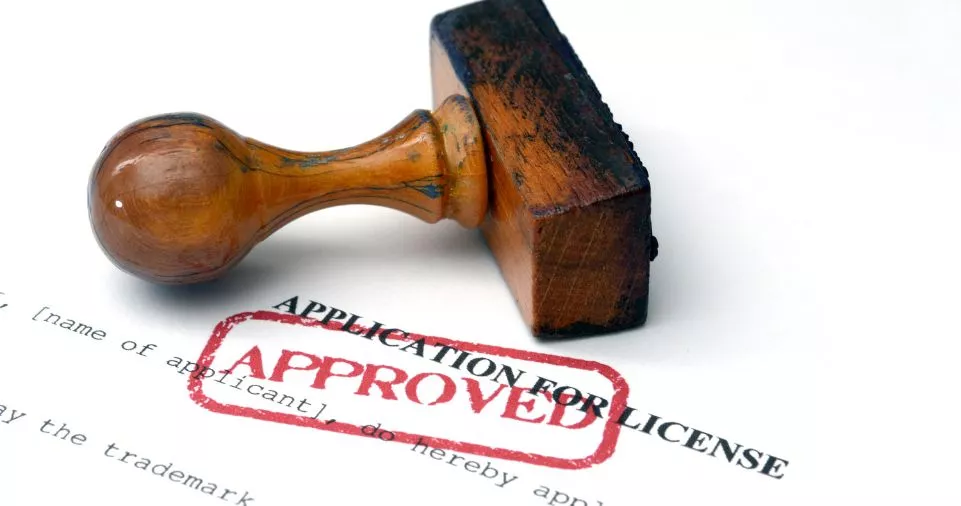Launching a roadside assistance business can be a rewarding venture, offering vital services to drivers in need. Before embarking on this entrepreneurial journey, it’s crucial to understand the steps involved, from planning and licensing to equipment and marketing.
Table of contents
- Planning Your Roadside Assistance Business
- Licensing and Legal Requirements
- Equipment and Vehicles
- Marketing Your Roadside Assistance Business
- Providing Exceptional Customer Service
- Staff Training and Certification
- Implementing Technology Solutions
- Expanding Your Service Offerings
- Securing Your Brand with Trademarks
- Maintaining a Positive Reputation
- Conclusion
In the previous article, we discussed ‘How to Sell a Business in Texas.’ This guide will walk you through the process of starting a roadside assistance business, providing insights and practical tips for success.
Planning Your Roadside Assistance Business
If you are planning your roadside assistance business, follow these steps for a seamless process:

Assessing Market Demand
Begin by researching the demand for roadside assistance services in your target area. Understand your potential customer base and identify the specific services they may require, such as flat tire repair, jump-starts, or fuel delivery. A clear understanding of market needs will inform your business model.
Creating a Business Plan
A well-thought-out business plan is the foundation of any successful venture. Outline your business goals, target market, services offered, and financial projections. A comprehensive plan will guide your decisions and provide a roadmap for the growth of your roadside assistance business.
Licensing and Legal Requirements
To ensure the legality and trustworthiness of your business, adhere to the following:

Check Local Regulations
Research the licensing requirements for a roadside assistance business in your locality. Contact your local business regulatory agency to understand the specific permits and licenses needed. Compliance with local regulations is crucial for operating legally and building trust with customers.
Insurance Coverage
Roadside assistance involves providing services on the road, exposing your business to potential risks. Ensure you have the appropriate insurance coverage, including liability insurance, to protect your business and customers in the event of accidents or unforeseen circumstances.
Equipment and Vehicles
For a reliable and well-equipped roadside assistance service, consider the following:

Invest in Reliable Vehicles
The backbone of your roadside assistance business is the fleet of vehicles. Invest in reliable and well-equipped vehicles to handle a variety of roadside situations. Depending on your business model, these could include tow trucks, service vans, or flatbed trucks.
Essential Equipment
Equip your vehicles with the necessary tools and equipment for common roadside issues. This may include jump starters, tire-changing tools, fuel containers, and basic repair kits. Having well-equipped vehicles ensures your team can respond effectively to a range of customer needs.
Marketing Your Roadside Assistance Business
To promote your business effectively, employ the following marketing strategies:

Build a Professional Website
In today’s digital age, a professional website is essential for business visibility. Create a user-friendly website that highlights your services, pricing, and contact information. Consider implementing an online booking system for customer convenience.
Local Marketing Strategies
Focus on local marketing to reach your target audience. Utilize online platforms, such as Google My Business, to enhance your local online presence. Partner with local businesses and community events to increase brand awareness.
Providing Exceptional Customer Service
To ensure customer satisfaction, focus on the following aspects of service provision:

24/7 Availability
Roadside assistance emergencies can happen at any time. Offering round-the-clock service demonstrates your commitment to customer satisfaction. Consider having a dedicated hotline or a reliable online platform for customers to request assistance.
Prompt Response Times
Efficiency is key in the roadside assistance business. Strive for quick response times to customer calls. Implementing a reliable dispatch system and utilizing technology to optimize routes can significantly improve your team’s response times.
Staff Training and Certification
For a skilled and capable team, invest in the following training and certification measures:

Comprehensive Training Programs
Equip your staff with the necessary skills and knowledge through comprehensive training programs. Ensure they are well-versed in safety procedures, customer service etiquette, and the technical aspects of roadside assistance. Continuous training keeps your team prepared for various scenarios.
Certifications and Licensing
Depending on your location, certain certifications or licenses may be required for your staff. For example, drivers operating tow trucks may need specific licensing. Stay informed about the local requirements and ensure your team members meet the necessary qualifications.
Implementing Technology Solutions
To streamline operations, embrace the following technological advancements:

GPS Tracking Systems
Invest in GPS tracking systems for your vehicles. This technology allows you to monitor the location and movement of your fleet in real-time. It enhances dispatch efficiency, improves response times, and contributes to overall operational transparency.
Mobile Apps and Online Booking
Implementing a user-friendly mobile app or online platform for customers to request roadside assistance can enhance the customer experience. Include features such as real-time tracking of service vehicles, service history, and transparent pricing information.
Expanding Your Service Offerings
To broaden your customer base, consider the following strategies:

Diversifying Services
Consider expanding your service offerings beyond basic roadside assistance. This could include vehicle recovery, long-distance towing, or specialized services for specific types of vehicles. Diversification can attract a broader customer base and position your business as a comprehensive roadside assistance provider.
Membership Programs
Introduce membership programs that offer additional benefits to customers who subscribe. This could include discounted services, priority response times, or exclusive promotions. Membership programs create customer loyalty and recurring revenue streams.
Securing Your Brand with Trademarks
To protect your brand identity, follow these steps:

Understanding Trademarks
A trademark is a crucial element in securing your brand identity. It can include your business name, logo, or a slogan associated with your roadside assistance services. Registering a trademark with the United States Patent and Trademark Office (USPTO) provides legal protection and exclusive rights to your brand.
Trademark Registration Process
The process of getting a trademark involves conducting a thorough trademark search to ensure there are no conflicting marks, preparing and filing a trademark application, and responding to any inquiries from the USPTO. Enlisting the help of a trademark attorney can simplify the process and increase the likelihood of a successful registration.
Maintaining a Positive Reputation
To uphold a positive image, focus on the following strategies:

Online Reviews and Testimonials
Encourage satisfied customers to leave positive reviews and testimonials online. Positive feedback builds trust with potential customers and contributes to the positive image of your roadside assistance business.
Handling Customer Complaints
Address customer complaints promptly and professionally. Demonstrating a commitment to resolving issues can turn a negative experience into a positive one and showcase your dedication to customer satisfaction.
Conclusion
This comprehensive guide has delved into the essential aspects of growing and securing your roadside assistance business. From providing exceptional customer service and staff training to leveraging technology and expanding service offerings, these strategies contribute to the overall success of your venture.
Securing your brand with trademarks ensures that your business identity is legally protected, and maintaining a positive reputation strengthens your position in the market. By following these insights and strategies, you’ll be well on your way to establishing a reputable and thriving roadside assistance business. Good luck on your journey of entrepreneurial success!
Related Articles:
How to Start a Mobile EV Charging Business?
How to Start a Mailbox Rental Business?


